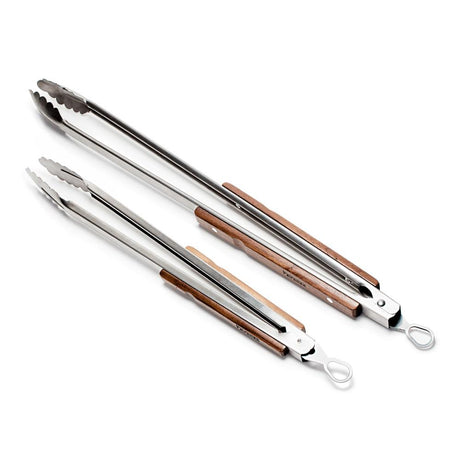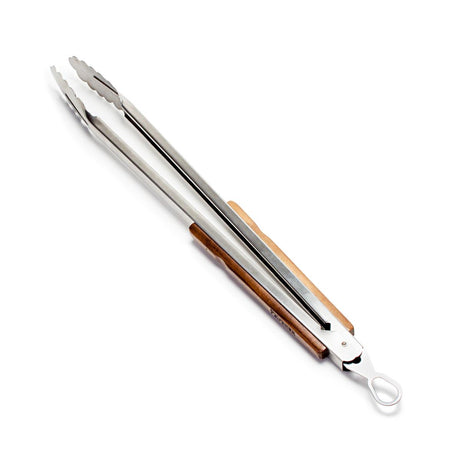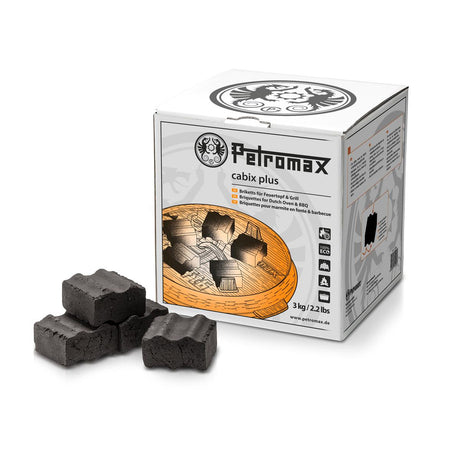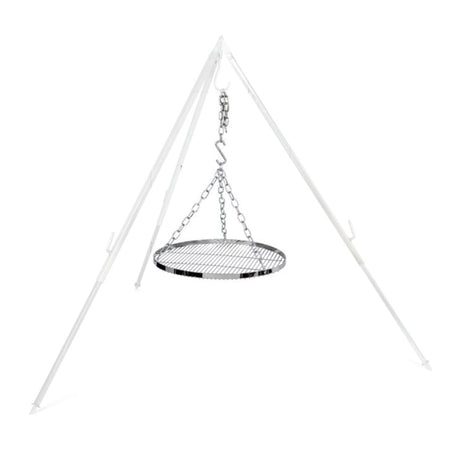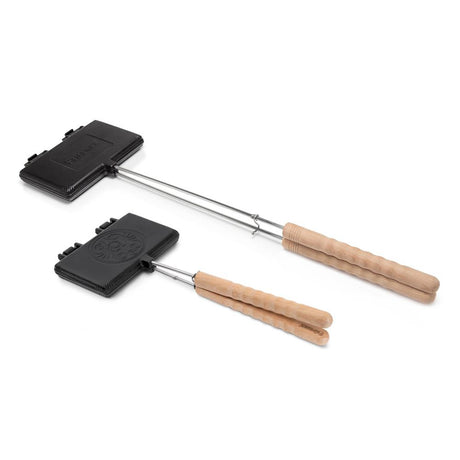Turquoise waterfalls that could have come straight out of a fantasy movie. Lonely islands where you won't meet a soul for hours. Mountains full of wild bears and lynx. Sounds like a faraway dream? But it's only a three-hour flight away! Croatia hides eight spectacular national parks and eleven unique nature parks between the Adriatic Sea and its mountains. While everyone else is jetting off to Iceland or Canada, the adventure of a lifetime is waiting here - practically on your doorstep.
Table of contents
What makes the nature parks in Croatia so special?
What are the most famous national parks in Croatia?
How do you explore the Kornati islands and the Adriatic Sea?
What does Velebit, the largest mountain national park, have to offer?
What nature parks does the Dalmatian coast have to offer?
How do I plan my vacation in Croatia's nature reserves?
Conclusion
What makes Croatia's nature parks so special?
Croatia is a true paradise for nature lovers! With eight national parks and eleven nature parks, the country between the Adriatic Sea and the inland offers a unique diversity that is second to none. The Croatian protected areas stretch from the Istrian peninsula in the north to Dalmatia in the south and are home to exceptional flora and fauna.
The big difference between national parks and nature parks lies in their protection status: national parks enjoy the highest level of protection and are usually home to the most spectacular natural phenomena, while nature parks allow sustainable use by humans. However, both categories make a decisive contribution to nature conservation and sustainable tourism in Croatia.
The geographical distribution of protected areas is impressive: from the dense forests and mountains in the interior to the beautiful coastal landscapes of the Adriatic Sea, you will find untouched nature at its best. This diversity makes Croatia the perfect destination for anyone looking for adventure and relaxation in nature.
Which are the most famous national parks in Croatia?
Plitvice Lakes National Park - UNESCO World Heritage Site
The absolute star among Croatia's national parks is undoubtedly Plitvice Lakes. This UNESCO World Heritage Site consists of 16 terraced lakes connected by spectacular waterfalls. The turquoise blue water and lush vegetation create an almost fairytale atmosphere that attracts over a million visitors from all over the world every year.
Krka National Park - swimming under waterfalls
Krka National Park is famous for its breathtaking Skradinski Buk waterfall, under which you can even swim! Unlike in Plitvice, swimming is permitted in certain areas, which makes this national park particularly attractive for families.
| National Park | Best time to visit | Highlight | Special feature |
|---|---|---|---|
| Plitvice Lakes | April-October | 16 terraced lakes | UNESCO World Heritage Site, wooden walkways |
| Krka | May-September | Skradinski Buk waterfall | Swimming allowed |
| Velebit | June-September | Premužić trail | Mountain hikes |
| Kornati | April-October | 89 islands | Boat trips required |
The best time to visit the national parks is from April to October, with spring and fall often offering the most pleasant temperatures and fewer crowds. It is advisable to rent a car to get there, as public transportation to the remote nature parks is often limited.
How to explore the Kornati islands and the Adriatic Sea?
The Kornati National Park is an absolute must for all sea lovers! With 89 islands and islets, it forms the largest island archipelago in the Adriatic and covers an impressive 320 km². The barren, almost lunar-like landscapes of the Kornati stand in fascinating contrast to the hidden bays with crystal-clear water.
The best way to explore the Kornati islands is by boat from Zadar, Šibenik or other coastal towns. Many providers organize day trips where you can visit several islands and swim and snorkel in the most beautiful bays.
The underwater world of the Kornati islands is a true paradise for snorkelers and divers. Here you will find a rich marine fauna with colorful fish, seagrass meadows and impressive underwater formations. Underwater visibility is often over 30 meters!
Tip: Make sure you bring plenty of sun protection, as there is hardly any shade on the barren Kornati islands.
What does Velebit offer as the largest mountain national park?
The Velebit Mountains are not called the "backbone of Croatia" for nothing. At over 145 kilometers long, it stretches along the Adriatic coast and offers spectacular mountain landscapes. A distinction is made here between the Velebit Nature Park and the Northern Velebit National Park.
Hiking on the Premužić Trail
The legendary Premužić Trail is a 57-kilometre-long mountain trail that is considered one of the most beautiful hiking trails in Europe. From here, you have breathtaking views of the Adriatic Sea and the offshore islands. You should prepare well for your hiking training, as some sections are quite challenging.
Home to rare wild animals
The Velebit Mountains are one of the last refuges for brown bears and lynxes in Europe. With a bit of luck, you can observe these shy animals in their natural habitat. The mountain range is also home to over 2,700 plant species, many of which are endemic.
Which nature parks does the Dalmatian coast offer?
Biokovo Nature Park - Between the sky and the sea
Biokovo Nature Park above Makarska offers spectacular views of the Adriatic Sea and the offshore islands. The highest peak, Sveti Jure (1,762 m), can be reached by car and rewards you with a 360-degree panorama that you will never forget.
Telašćica Nature Park - an island paradise with a saltwater lake
On the island of Dugi Otok, you will find the unique Telašćica Nature Park with its famous saltwater lake. The dramatic cliffs on the south side of the bay drop up to 161 meters vertically into the sea and offer an unforgettable sight.
The characteristic karst landscape of Dalmatia with its cave systems and underground rivers is a paradise for geologists and adventurers. Activities such as hiking, climbing and nature observation take center stage here. A well-thought-out packing list for your hiking tour will help you to be perfectly equipped.
How do I plan my vacation in Croatia's nature reserves?
Best times to visit
Croatia's nature parks can generally be visited all year round, but spring (April-June) and fall (September-October) are ideal for active tourism. The temperatures are pleasant, nature is at its best and the crowds of tourists are manageable.
Outdoor equipment for your nature park adventure
You need the right outdoor equipment for your explorations. Essential are:
- Sturdy hiking boots with a good tread
- Weatherproof clothing
- Sun protection and headgear
- Sufficient water and snacks
- Camera for unforgettable memories
Recommended itineraries
7-day north route: Zagreb → Plitvice Lakes → Velebit → Kornati → Zagreb
10-day south route: Split → Krka → Kornati → Biokovo → Telašćica → Dubrovnik
Getting there and orientation
The best way to reach most nature reserves is by rental car. A detailed map of Croatia will help you find your way around. Zagreb is the perfect starting point for the northern parks, while Split is ideal for the southern destinations.
You will findaccommodation options in all regions of the protected areas - from cozy guesthouses to luxurious hotels. We particularly recommend the small, family-run accommodations that offer you authentic Croatian hospitality.
Conclusion: Croatia's nature parks - a paradise for nature lovers
The variety of protected areas in Croatia is overwhelming: eight national parks and eleven nature parks with completely different types of landscape are waiting to be discovered by you. From the mystical waterfalls of Plitvice Lakes to the barren Kornati Islands, each park offers unique experiences.
The mountain adventures of the Velebit Mountains are a refuge for rare wildlife and offer spectacular hikes, while the Adriatic beauty of the coastal nature parks is the perfect combination of mountains and sea.
With the right practical planning, you can visit these natural wonders all year round, with spring and fall being optimal for active tourism. Croatia's protected areas are a perfect model for sustainable tourism and show how eco-conscious vacationing in Croatia works.
Pack your hiking boots and get ready for unforgettable adventures in one of the most beautiful countries in Europe!
















